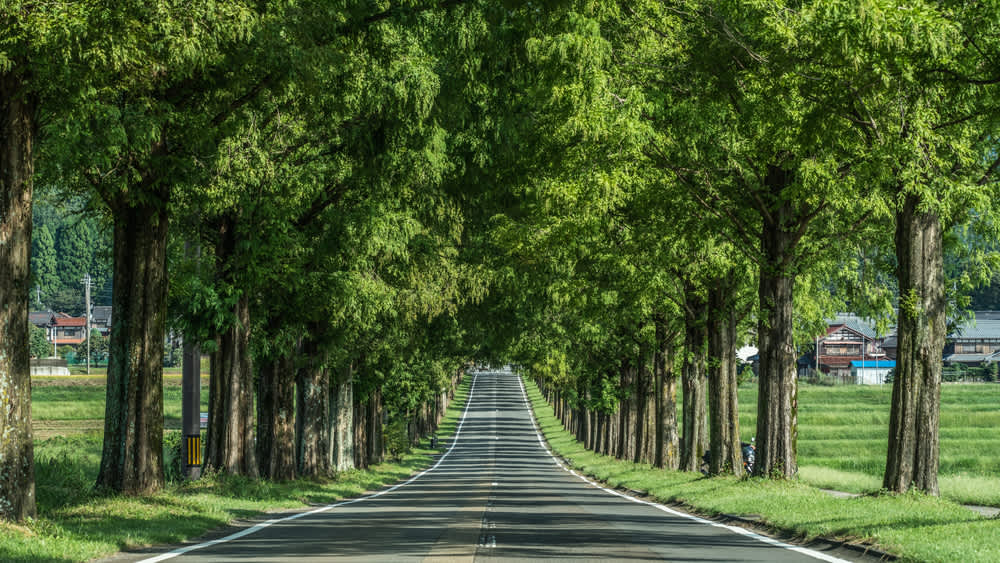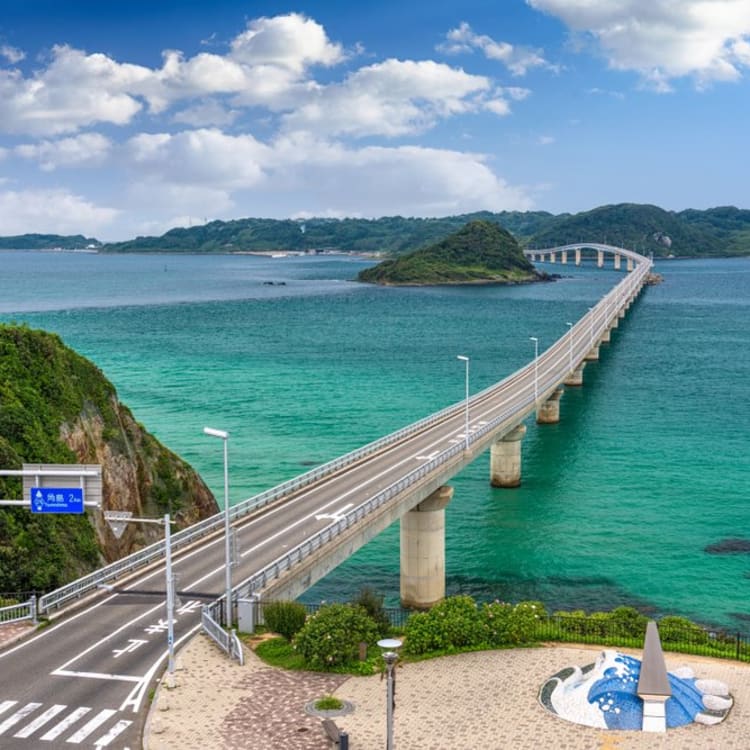
GUIDE Road tripping in Japan: The checklist
Looking to take the road less travelled through Japan? Here’s everything every traveller needs to know before heading over and hitting the road. Plus, some of our favourite road trip destinations to inspire your next Japan adventure itinerary.
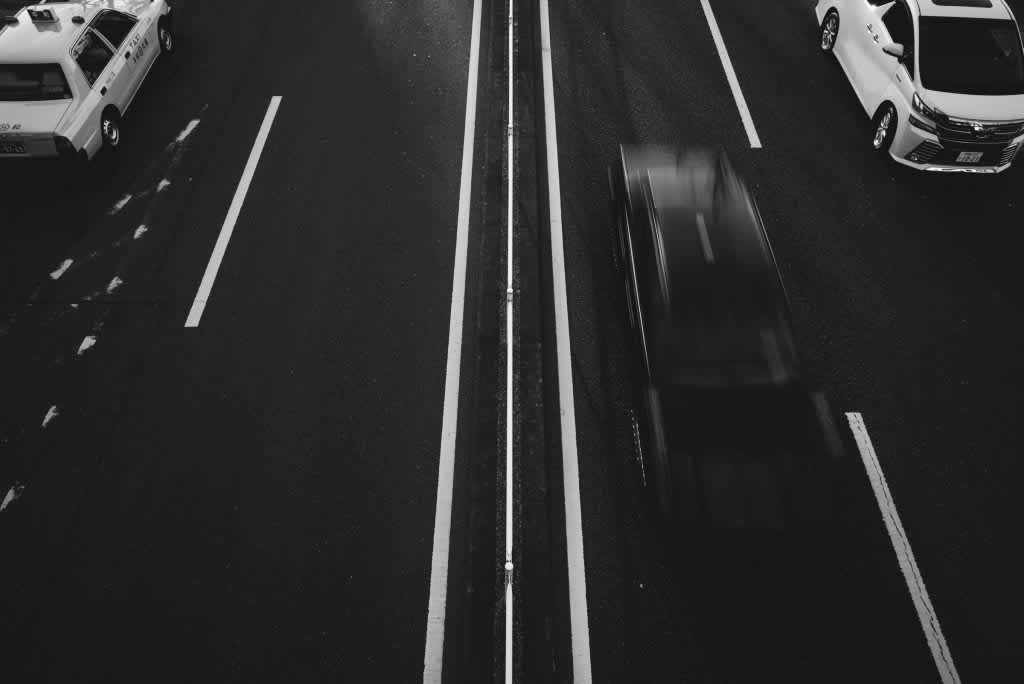
Before you go
The only thing you need to arrange before you head over is an International Driving Permit. You can get one from your local motoring organisation such as the NRMA, RACV, RACQ or AA.
Car Rental
There are plenty of English-friendly car rental companies. If your Japanese isn’t that crash hot, save yourself some on-road stress by reserving a car with English-capable GPS before you go. You can also ask for a child seat or snow tires if needed. By law, children under six are required to use child seats and there are three different types depending on the age of the child. As for costs, there are no real surprises here: petrol, tolls and the usual taxes and insurance fee. Rental car companies will usually provide a 24/7 hotline to call in case of accident or emergencies.
Some car companies allow you to pick up and drop off the car at two different locations.
NOTE: In most countries you enter an address into GPS. In Japan, you can enter a destination’s phone number or a 12-digit number called a ‘Mapcode’ as well as the address. Make sure you have the phone numbers of your accommodation and destinations handy to make it easier.
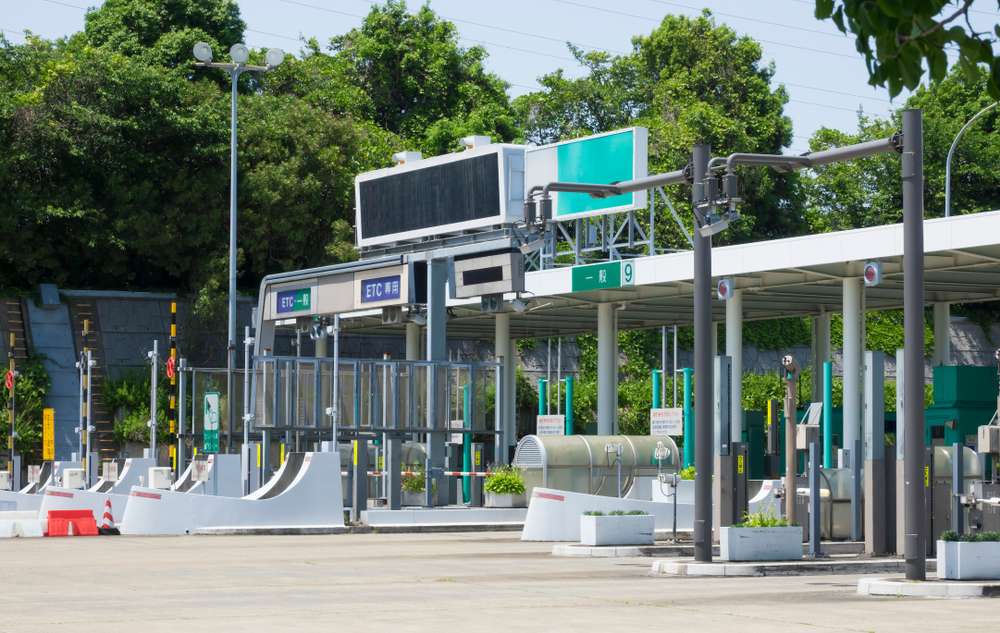
Tolls
The electronic toll collection (ETC) card usually comes with your rental car. Similarly to Australia and New Zealand, your car will be wirelessly connected to all toll gates. Just look out for the purple ETC lanes on the expressway. If you are planning to use the expressways a lot, consider getting an expressway pass for your region, which allows unlimited use of expressways for a flat daily fee.
Petrol
Fuelling up is easy, as many full service petrol stations have staff that will fill up your tank for you. Just say ‘mantan’ if you would like a full tank. Be sure to check the type of fuel before filling up the tank! Fuel types are typically regular (red), high-octane (yellow) or diesel (green).
Most rental car companies will expect you to return the car with a full tank, so make note of petrol stations (called ‘gas stands’) close to your return point and confirm the type of fuel your car needs before leaving the car rental shop.
NOTE: many stations, especially those in rural areas, close at night so be sure to have a full tank if you’re driving through the night.
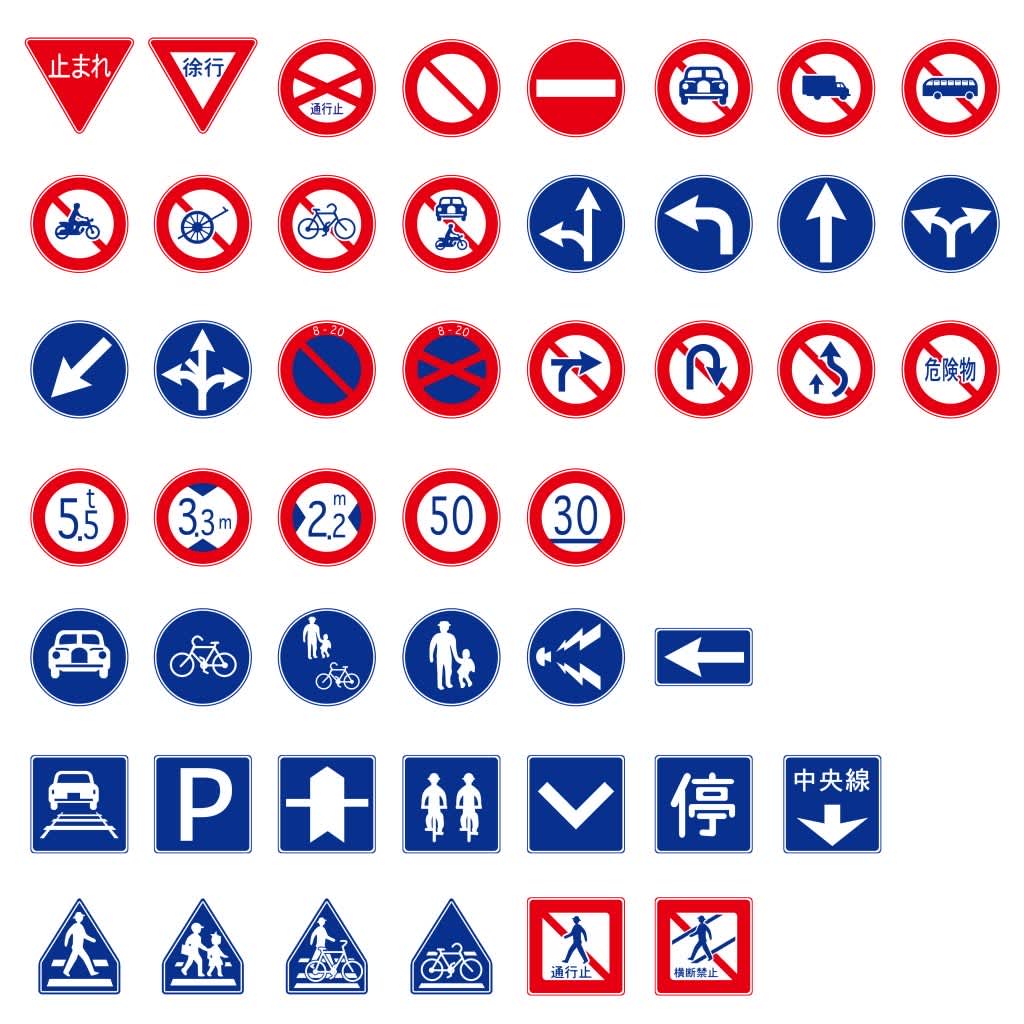
Rules
Road signs and rules follow international standards, with most signs on major roads displayed in both Japanese and English. The basic ones you’re already familiar with include:
- The legal driving age is 18 years old
- They drive on the left (phew!) with right-hand drive cars
- Using a phone (even if it’s hands-free) can incur a fine in Japan, so best not use it whilst you’re driving
- Drinking and driving is strictly prohibited
- Pedestrians have right of way
Although the rules and signs are similar to what we’re used to, they aren’t identical.
There are signs and rules unique to Japan that you need to familiarise yourself not only for your safety, but also your confidence.
For example, do you know what this sign means?
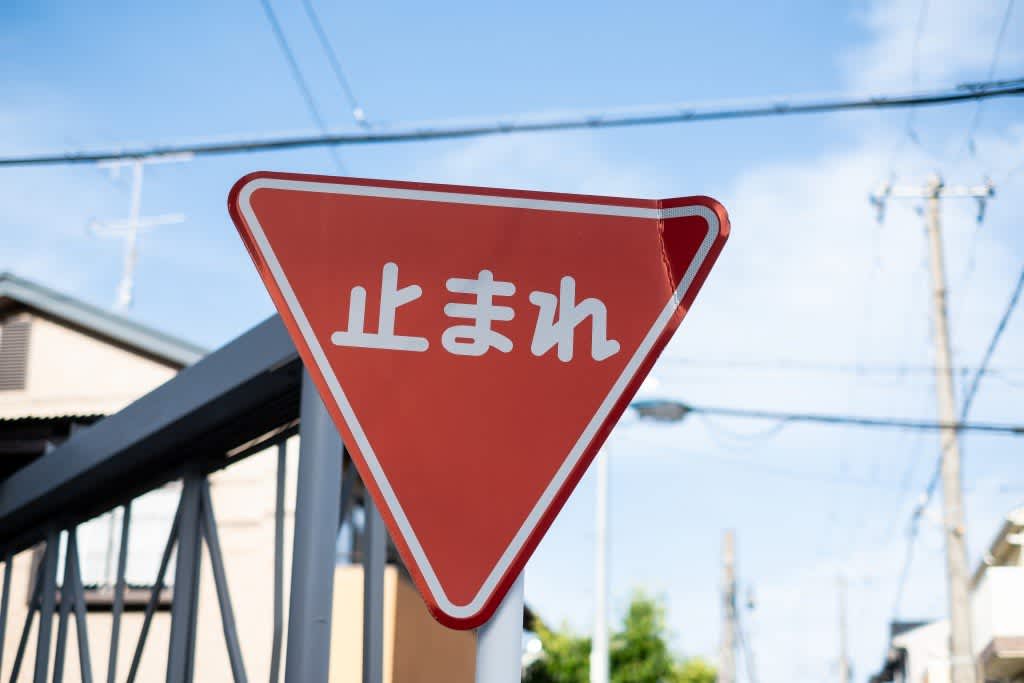
“STOP”
Always better safe than sorry, Japan Automobile Federation (JAF) publishes an English guide to driving in Japan called “Rules of the Road”. These are available for purchase online and at JAF branch service counters throughout Japan.
All level railway crossings require drivers to stop before continuing, so keep an eye out for the STOP sign there.
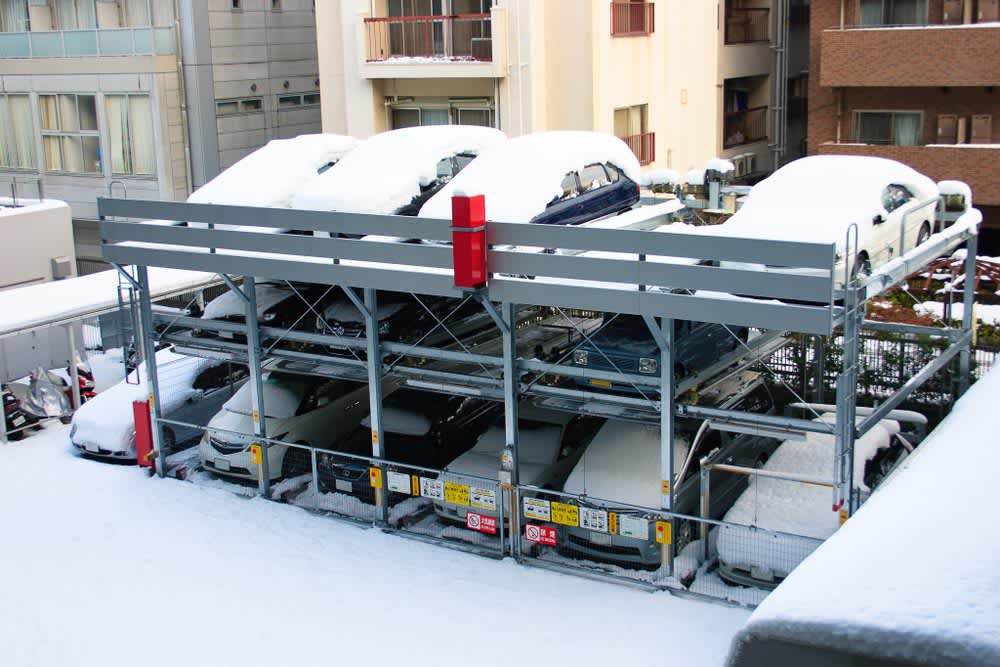
Parking
Parking is potentially the only thing about driving in Japan that you might find ‘challenging’. If you’re stopping over in major cities, there are a few things you should be mindful of.
1. It isn’t cheap
Parking in larger cities and popular tourist destinations can really add up. Don’t forget to factor it in to your budget!
2. It can be hard to find a park
Especially if you don’t know where to look. In the larger cities, car parks and car-spots are often tucked away in narrow side streets, inconspicuously wedged between lots or even burrowed underground — be prepared to do a few laps of the town. If you are staying at a hotel, be sure to ask them about parking before arriving. Free parking at hotels is common in rural areas but not in cities.
NOTE: Regardless of where or how you park, it’s normal to back into the car space, so be aware of drivers reverse parking in front of you as they may stop suddenly.
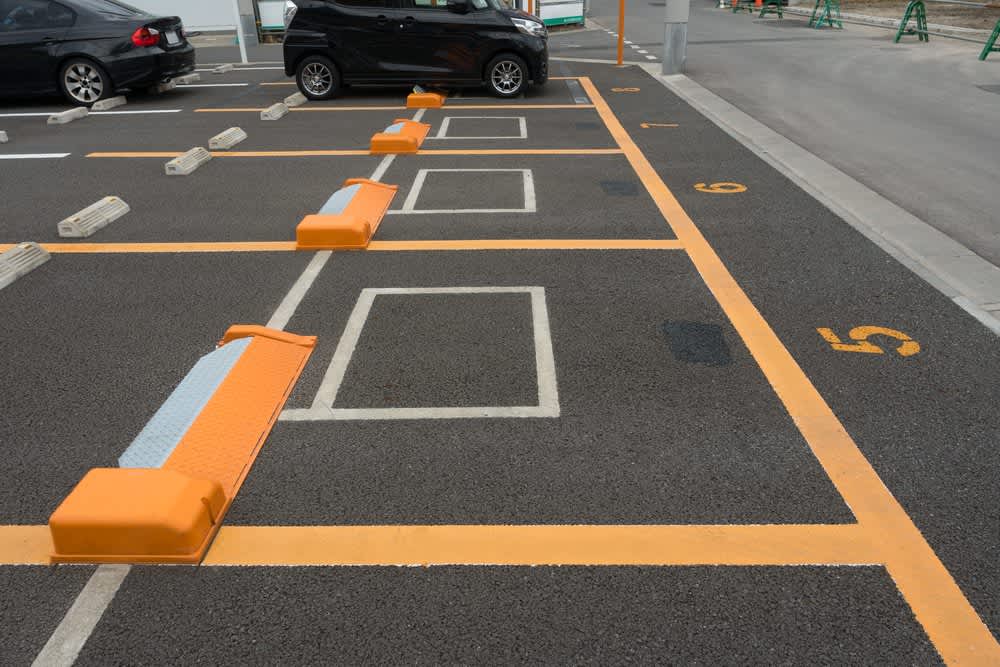
3. Car park types
The two most common car park types you’ll encounter are elevator parking lots—they look like giant car vending machines—and lots that secure your car by raising a low barrier underneath your car (pictured above). To retrieve your car or lower the barriers, simply pay the correct amount at the central pay station.
4. Time limits
Unless you’re parking in one of the pay-as-you-leave options, parking will often come with a time restriction—like 1P or 2P—so you might find yourself needing to occasionally duck out to move the car.
TIP: look for larger department stores or tourist parking that offer free parking.
Roadside Stations (Michi-no-eki)
There are over 1,160 Roadside Stations or rest stops located throughout Japan, each offering 24-hour parking and restrooms. You can usually find restaurants, markets selling local products and souvenirs, drinks, snacks and tourist information too.
Etiquette
Japanese drivers are very courteous drivers, and similar to our road rules, they follow the same driving etiquette.
- A flash of your headlights signals “after you”
- A flash of your hazard lights signals “thank you”
- Honking is exclusively reserved for serious situations
- Let people merge or turn onto the road in alternating order
- Avoid tailgating
- Cars in front of you may also use their hazard lights to tell you there is traffic up ahead and to prepare to slow down
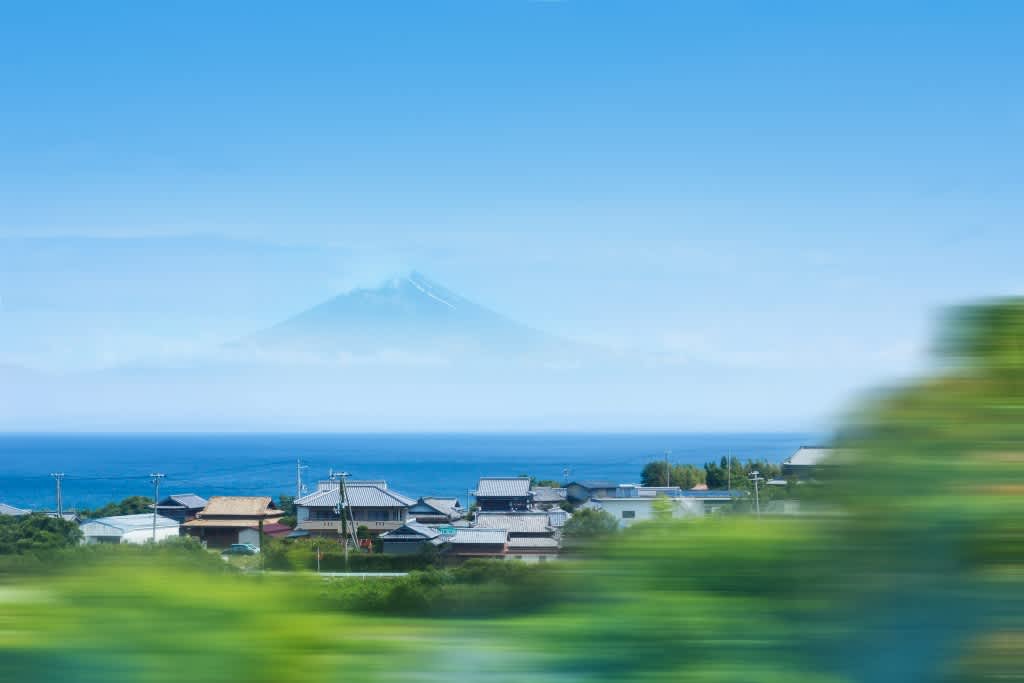
Popular road trips
Great drives can be had all over Japan, but here’s a list of scenic drives that’ll connect you to must-see destinations and take you through landscapes often unseen by travellers.
Irohazaka Winding Road: Tochigi Prefecture
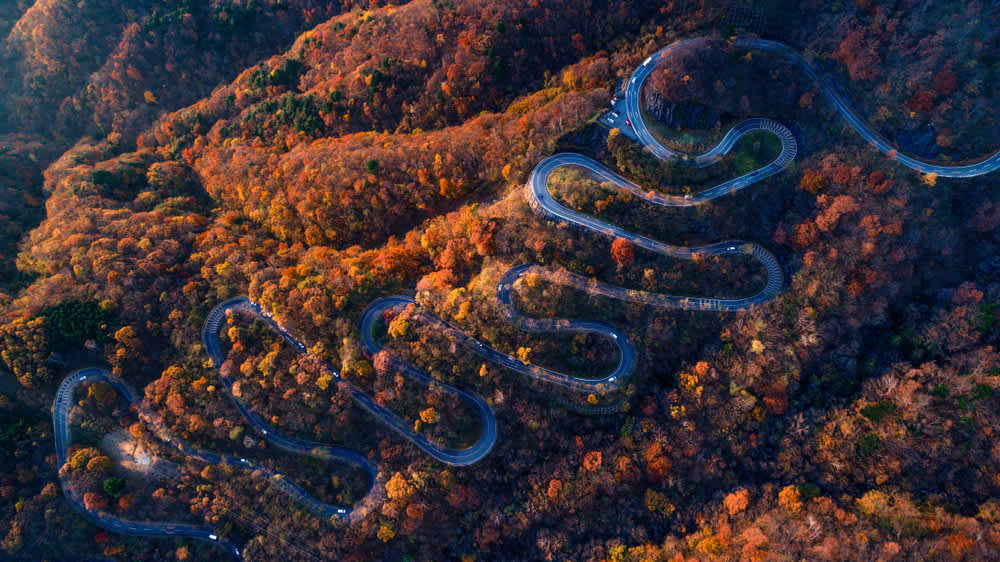
Mt. Aso: Kumamoto Prefecture
(occasionally closed due to increased volcanic activity. Please double check before entering.)
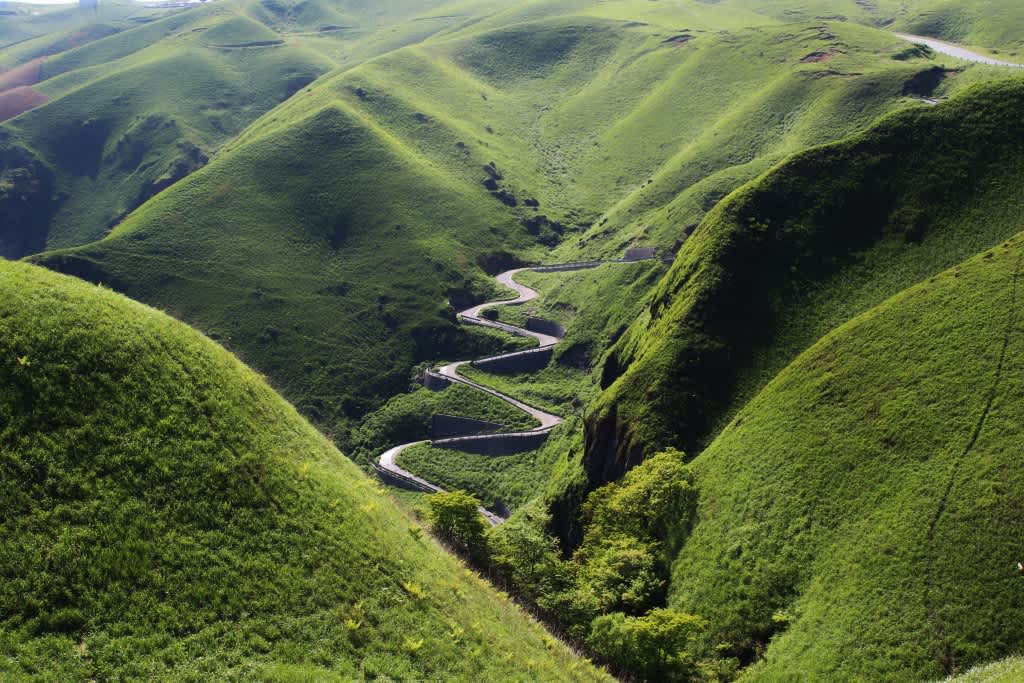
Shikoku Karst: Ehime and Kochi Prefecture
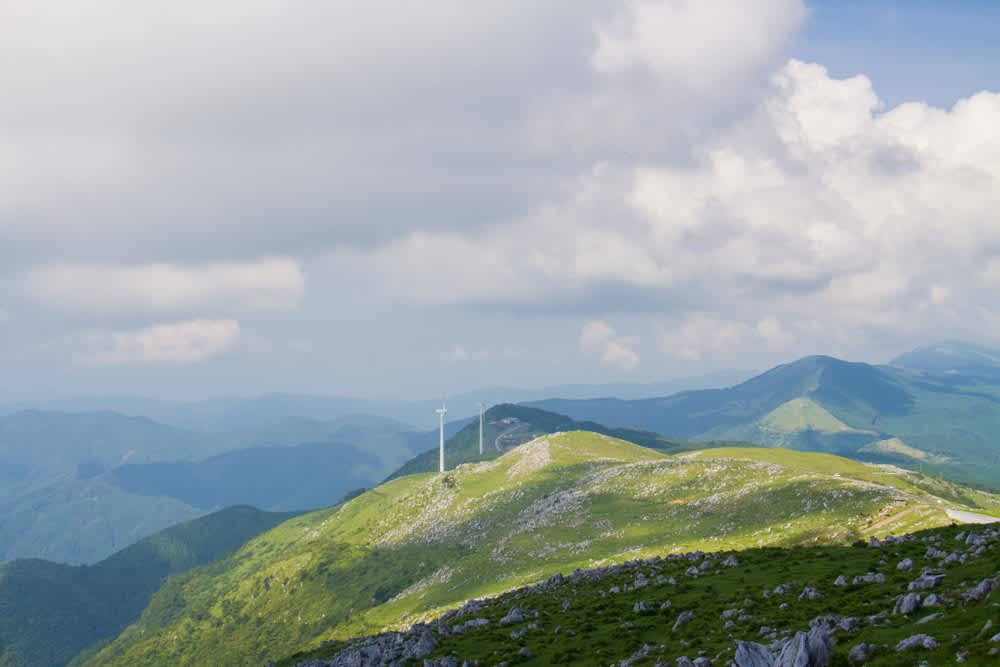
Tsunoshima Ohashi Bridge: Yamaguchi Prefecture

Bandai-Azuma Skyline: Fukushima Prefecture
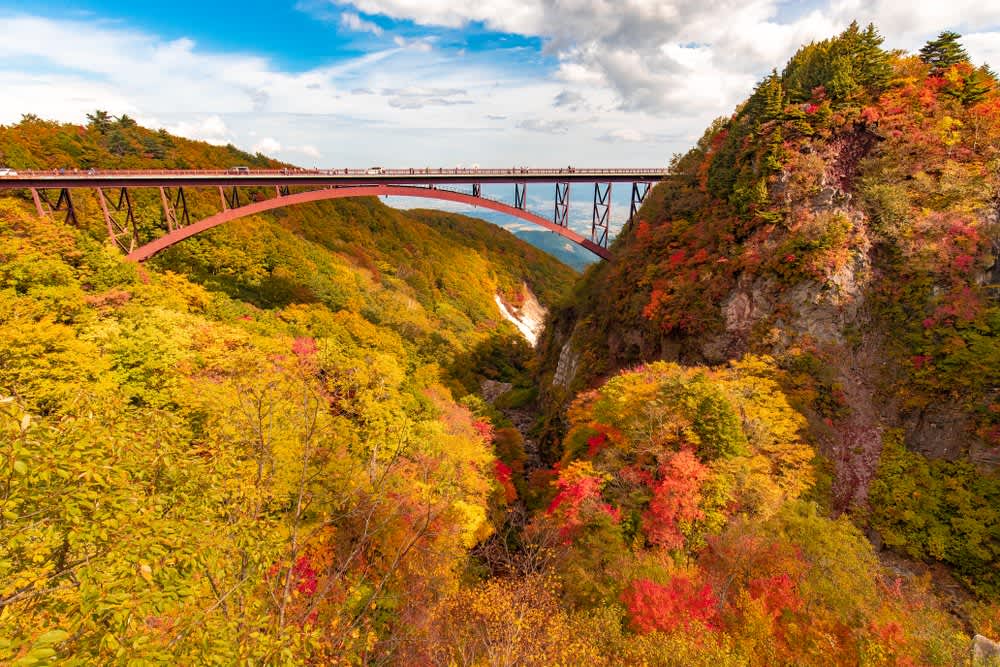
Roller coaster road: Hokkaido Prefecture
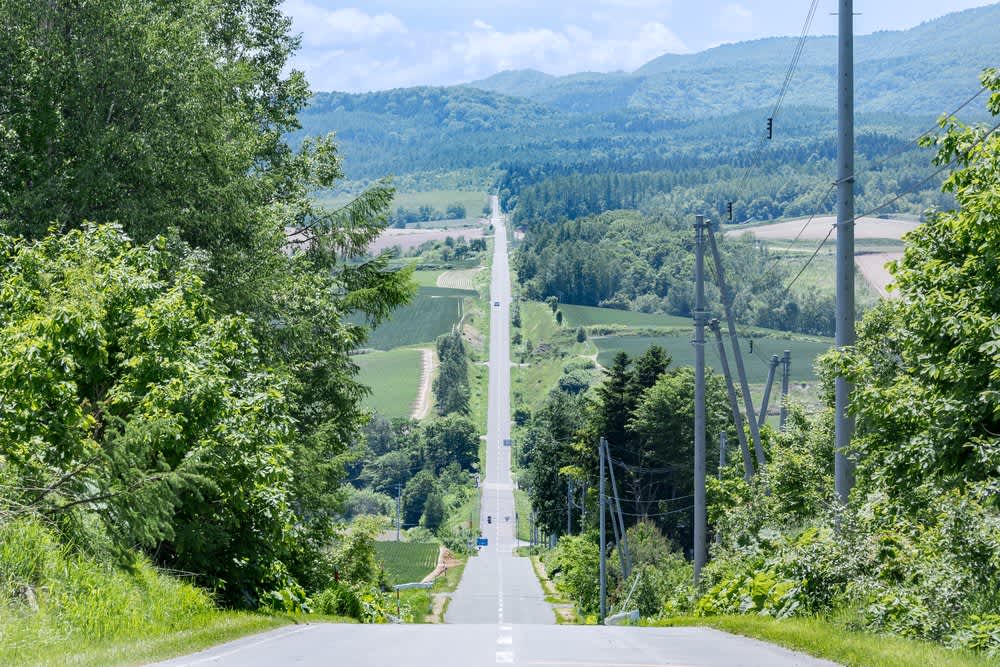
Metasequoia Tree-lined Road: Shiga Prefecture
